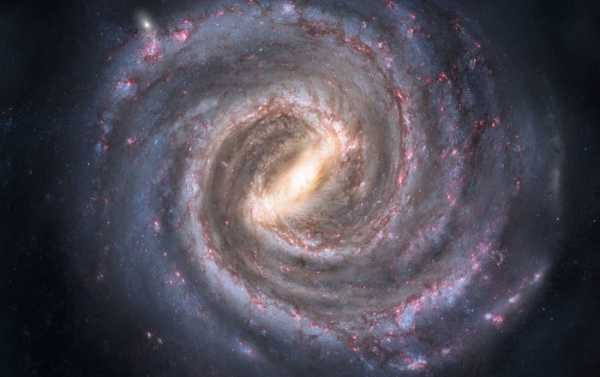
The researchers described the explosion as a “cataclysmic event” which helped them understand how “different regions of the galaxy are linked”.
Astronomers operating NASA’s Hubble Space Telescope continue to study the remains of a massive explosion that rocked the very heart of our galaxy some 3.5 million years ago, sending ripples across the universe, space.com reports.
According to the media outlet, the new study established that the explosion, which occurred when supermassive black hole known as Sagittarius A* unleashing “massive amount of energy”, ended up illuminating gas associated with two satellite galaxies – the Large Magellanic Cloud and the Small Magellanic Cloud.
He noted that the event in question shows how “different regions of the galaxy are linked”, as “what happens in the galactic centre makes a difference to what happens out in the Magellanic Stream”.
The media outlet also points out that the explosion in question affected other areas of space as well, as some of its remains formed the so called Fermi Bubbles which extend thousands of light years above and below the galactic plane.
Sourse: sputniknews.com






